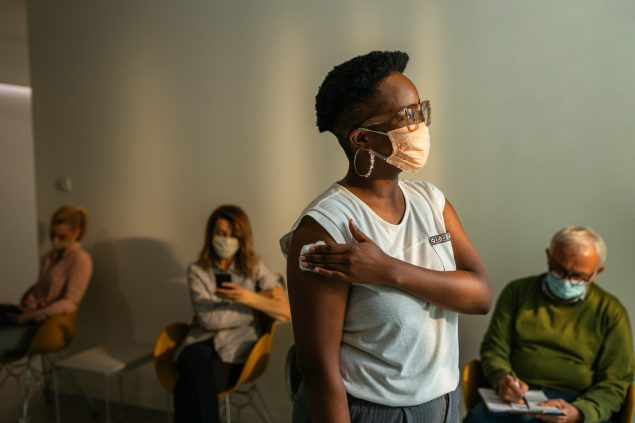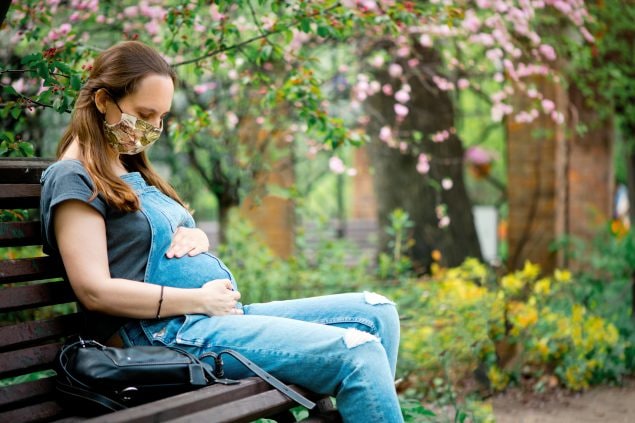Immunity Types

Immunity to a disease is achieved through the presence of antibodies to that disease in a person’s system. Antibodies are proteins produced by the body to neutralize or destroy toxins or disease-carrying organisms. Antibodies are disease-specific. For example, measles antibody will protect a person who is exposed to measles disease but will have no effect if he or she is exposed to mumps.
There are two types of immunity: active and passive.
Active Immunity
Active Immunity results when exposure to a disease organism triggers the immune system to produce antibodies to that disease. Active immunity can be acquired through natural immunity or vaccine-induced immunity.
- Natural immunity is acquired from exposure to the disease organism through infection with the actual disease.
- Vaccine-induced immunity is acquired through the introduction of a killed or weakened form of the disease organism through vaccination.
Either way, if an immune person comes into contact with that disease in the future, their immune system will recognize it and immediately produce the antibodies needed to fight it. Active immunity is long-lasting, and sometimes life-long.
Passive Immunity
Passive immunity is provided when a person is given antibodies to a disease rather than producing them through his or her own immune system.

- A newborn baby acquires passive immunity from its mother through the placenta.
- People can also get passive immunity through antibody-containing blood products such as immune globulin, which may be given when immediate protection from a specific disease is needed.
The major advantage to passive immunity is that protection is immediate, whereas active immunity takes time (usually several weeks) to develop. However, passive immunity lasts only for a few weeks or months. Only active immunity is long-lasting.
Journal Articles on This Topic
- Heymann D, Aylward B. Mass vaccination in public health. In: Heymann D, ed. Control of communicable diseases manual. 19th ed. Washington, DC: American Public Health Association, 2008.
- Nussenzweig, M. Study Suggests Lasting Immunity After COVID-19, With A Big Boost From Vaccination. JAMA. 2021;326(5):376-377. doi:10.1001/jama.2021.11717
- Fine PEM, Mulholland K. Community immunity. In: Plotkin SA, Orenstein WA, Offit PA eds. Vaccines. 5th ed. Chapter 71. Philadelphia, PA: Elsevier Inc., 2008:1573–92.
- Stephens DS. Vaccines for the unvaccinated: protecting the herd. J Inf Dis 2008; 197:643–45.